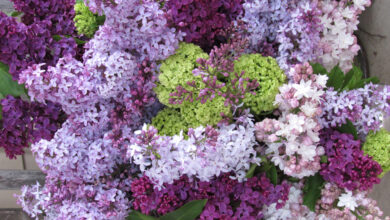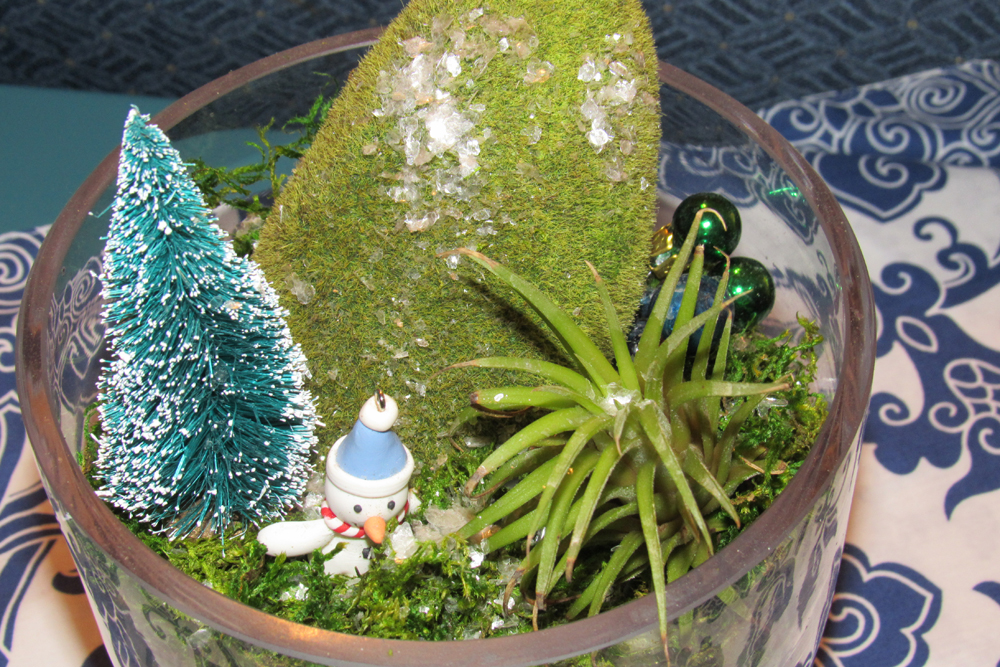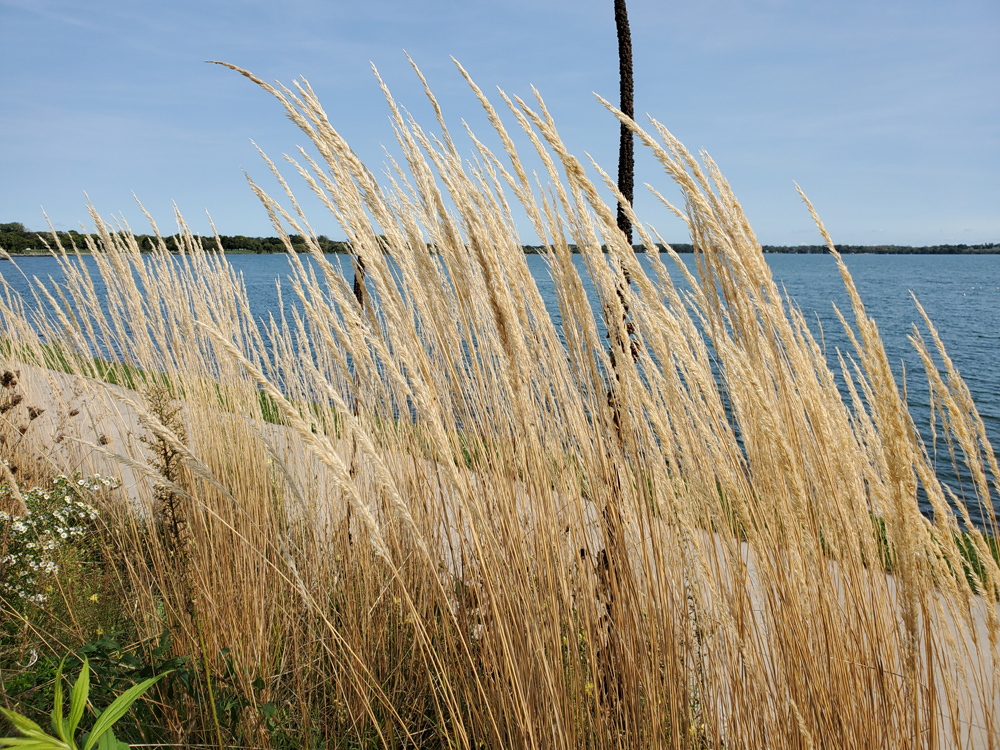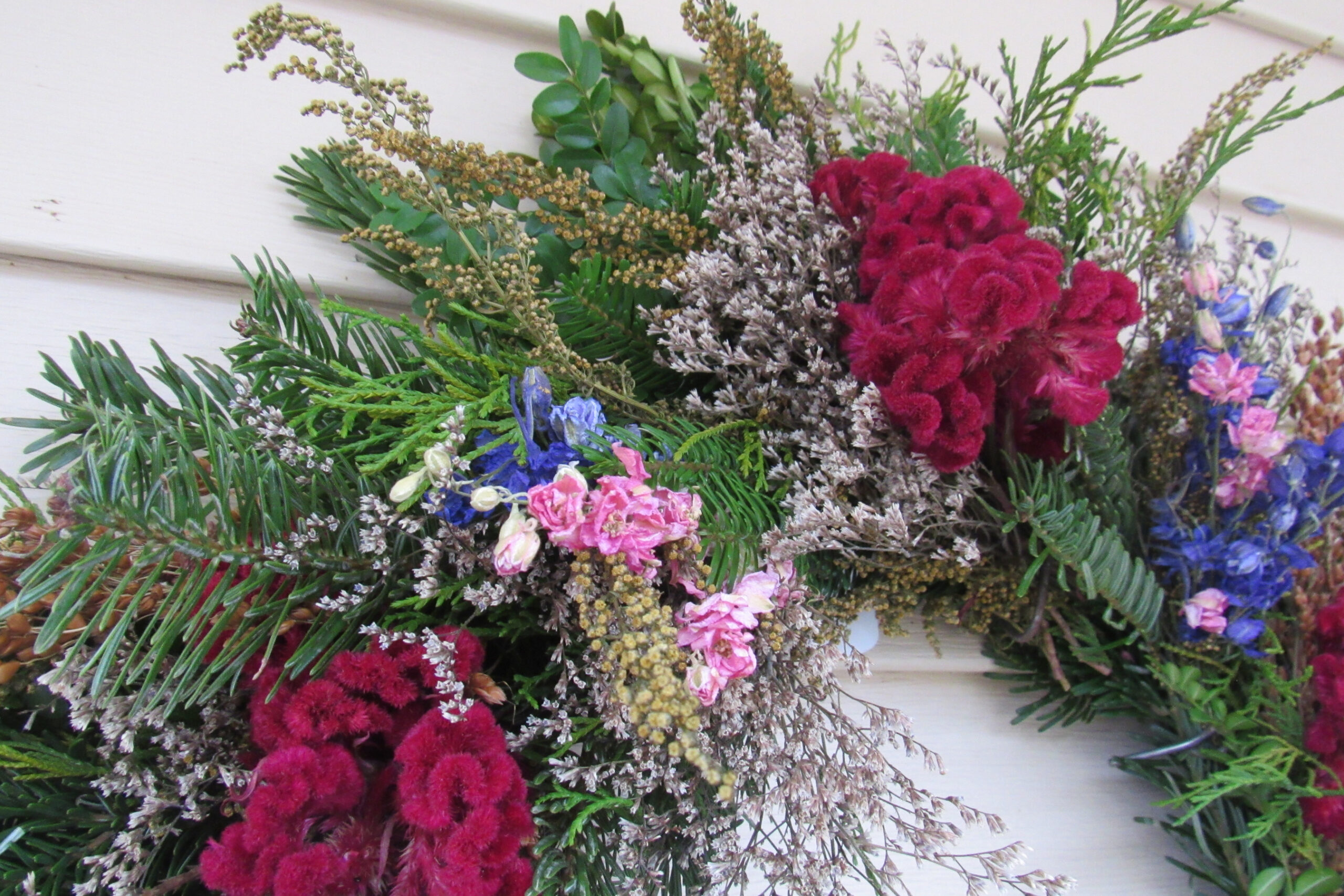May the force be with you – growing bulbs indoors
Growing bulbs indoors during the long winter months is a way to get your flower fix when nothing is blooming outside.
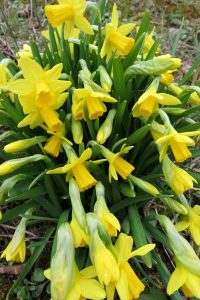
There are two different types of bulbs which can be forced to grow and bloom inside – those like tulips and hyacinths which need several weeks of chilling time; and those which don’t need to be chilled to trigger blooms.
Those that don’t need chilling are amaryllis and paperwhite narcissus, which come from warm climates and are popular at Christmastime.
These bulbs can be grown in a pot filled with potting soil or simply placed in a shallow bowl with pebbles to hold the bulb in place. Add water and you will have blooms in about four weeks.
Gardeners.com recommends starting amaryllis and paperwhite bulbs in temperatures of about 50 degrees F in indirect light the first two weeks to encourage short and sturdy stems. If you are growing bulbs in a bowl with pebbles or marbles, water should be no higher than the bottom quarter to third of the bulb.
Amaryllis and paperwhites can be “planted” to bloom at times throughout the winter, not just in December.
Tulips, daffodils, hyacinths, crocus, dutch iris and scilla need a chilling period in order to bloom. Most bulbs require several weeks of cold before the embryonic flower inside the bulb is fully developed, so if you want blooms inside in late February or March, the time to pot them is now. Plan to pot them even earlier next year – in October – if you would like blooms in late January or February.
Gardeners.com recommends crocus, hyacinths, muscari and mini daffodils as being the easiest for indoor forcing.
University of Minnesota Extension says bulbs should be potted in clean, sterile clay or plastic pots with the “noses” of the bulbs exposed. Do not bury the bulbs. There is no need to worry about soil fertility or feeding the bulbs because they have their own store of food to flower for one time.
Place bulbs of the same variety close together in the pot. A six-inch pot will fit about six tulip bulbs, three hyacinths, six daffodils or 15 crocuses.
Don’t press the bulbs into the soil, keep the soil loose, and allow one quarter inch of space at the top to allow for watering. Water immediately after planting and keep the soil moist.
Bulbs which need to be chilled should be kept at 35 to 48 degrees F for a minimum of 12 to 13 weeks. Cold frames work with a deep mulch of 10 inches of hay, sawdust or leaves, as well as unheated attics, cellars or garages. The vegetable section of your refrigerator can be used, but do not place bulbs near fruits such as apples which emit ethylene and can hinder flowering. Do not allow the bulbs to freeze.
Mark your calendar for when the first pots can be removed. It will take most flower bulbs an additional 3 to 4 weeks to bloom after chilling.
Place the pots in cool, sunny location with temperatures in the 50 to 60 degree F range for the first week until shoots and leaves expand. The bulbs can then be moved to warmer locations, but avoid direct sunlight.
When bulbs begin to bloom, consider moving them to a cool location overnight to prolong the life of the flowers. Discard bulbs after flowering as normally they are “spent” and will not flower satisfactorily again.



